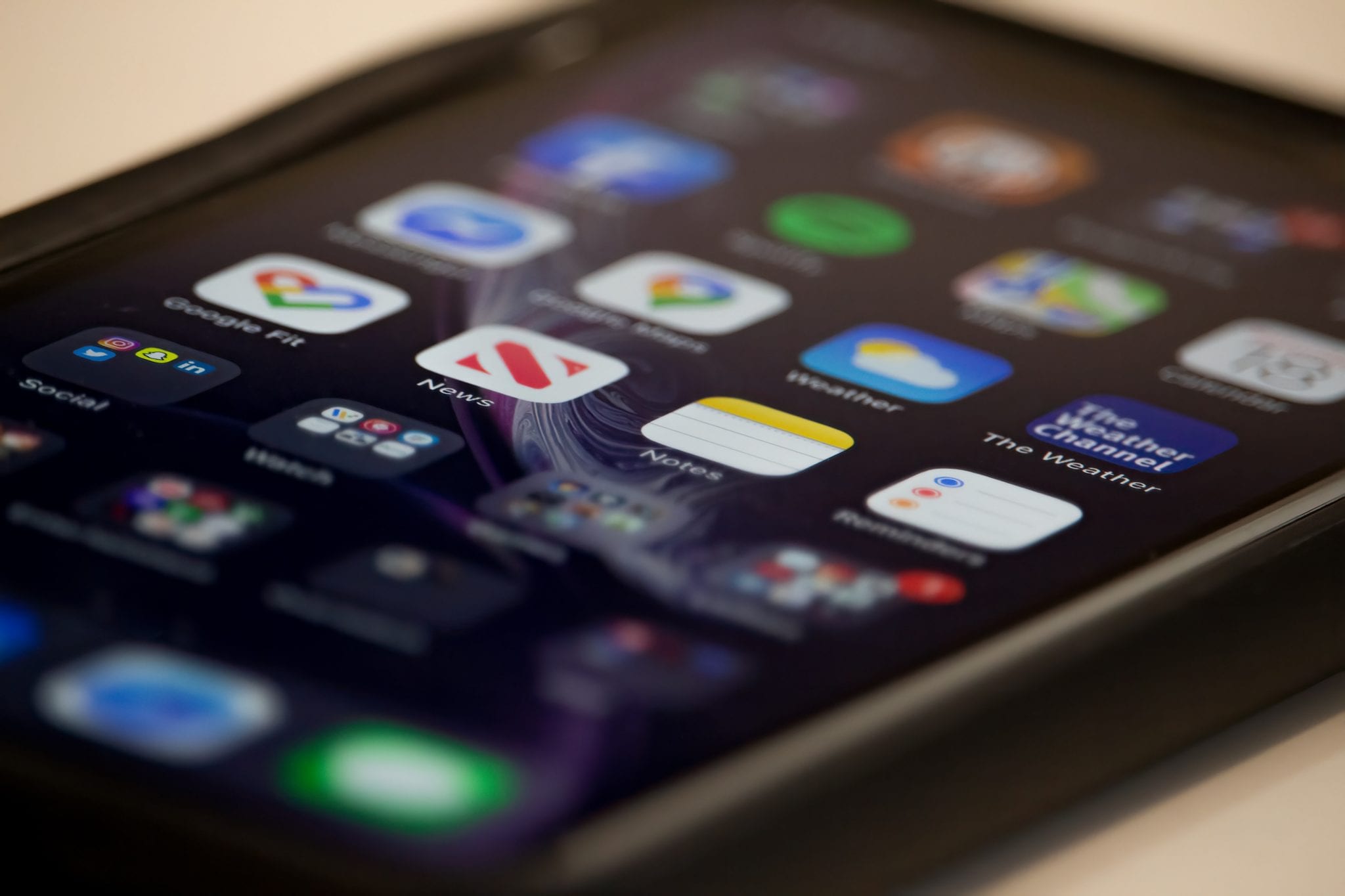
As Americans return to work, many are losing their 9-to-5 freedom. No longer can they book appointments whenever they please thanks to the flexibility of remote work prompted by COVID-19. Appointment-based businesses must know when and how to adjust their own schedules as work practices revert to the old norm. Here’s what you can do to handle your appointment schedule when schedules change:
Manage Walk-Ins Wisely
Walk-ins can be both a blessing and a curse for appointment-based businesses. On the one hand, walk-ins represent welcome revenue on slow days when appointments are hard to come by. On the other hand, turning prospective customers away due to high volume is always a bummer. The best approach is to allow a set number of walk-ins per day or per hour and to work everything else through appointments.
Some of your customers might not know their availability until after they clock out. This may prompt them to stop by in an attempt to squeeze into your schedule. Instead of playing the odds, use their desire to your advantage. Send out notifications to your customers informing them of available appointment slots throughout the day. This way they’ll know beforehand whether you’re full to the brim or whether there’s a slot they can book right then and there using their device.
Adjust Your Business Hours
When your regular customer base returns to a 9-to-5 schedule, your own business hours might see a decline in appointment volume. To cater to changing needs, consider adjusting your business hours to accommodate schedule changes. This could involve opening up a little earlier and staying open a couple extra hours to give everyone an opportunity to stop by.
Before making any changes, gauge the interest customers would have in amended store hours. If you’ve been developing a personal relationship with them, you can ask directly. Otherwise, send a survey asking for input or do a week-long trial run to see whether the new hours are popular.
Be sure to get your employee work schedules straightened out beforehand, though. You’ll need to know that you have people willing to fill the new time slots.
Go Virtual
If the nature of your business allows it, try incorporating virtual appointments into your services. This allows customers to book appointments and phone in even while they’re at the office, filling your 9-to-5 slots when physical appointments are infeasible. The convenience of virtual appointments will also benefit stay-at-home parents who struggle with dragging the kids around for errands.
While we’re still a long way from virtual haircuts, plenty of appointment-based businesses can pull off virtual appointments. Healthcare providers can check in on patients’ treatment plans, for example, while counselors only need to speak with their clients to make an impact.
When deciding to go virtual, make sure to do it right. Invest in proper sound equipment, solid internet service, and robust videoconferencing technology for a high-quality appointment experience. Ready yourself for virtual appointments by doing extra preparation in advance and brushing up on online etiquette.
Take Advantage of Customers’ Availability
Even as your customers return to their desk jobs, you can still take advantage of certain times to lure them in. The most reliable is the lunch hour, when employees might grab a quicker-than-usual bite to eat so they can fit in an appointment before clocking back in. Capitalizing on these brief moments of availability will give your business a nice boost of revenue each day.
Take a page out of the restaurant industry’s book. To get workers to stop by for lunch, they offer specials available only during certain times of day. Any appointment-based business can use this tactic to give customers an incentive to book a lunchtime slot. For example, a car detailer can offer a free exterior wash for any customer who brings in their ride between noon and 2 p.m.
Bring Your Business to the Customers
Back in the olden days, doctors would travel to private homes to care for their patients. Bringing back this old trend mould allows busy professionals stuck at work until 5 p.m. to book more appointments with you.
Remember our car detailer? They could travel to their customer’s place of business and clean out their car in the parking lot. This way the service is still being performed without the customer having to take time off work or sacrifice part of their evenings or weekends. Any appointment-based business with enough creativity can pull this off as long as there’s demand.
Adjust Your Late and Cancellation Policies
What happens if a customer can’t make it to their appointment because their boss asked them to stay late? Take a look at your late and cancellation policies to determine how best to accommodate these types of scenarios. Some leniency on your part will encourage customers to try — and try again — to visit your business and develop loyalty to your brand.
Of course, there will always be times when your late and cancellation policies must be enforced. Repeat offenders shouldn’t be given the same benefit of the doubt as loyal customers who have to cancel last-minute due to unforeseen circumstances.
As a business owner you’ll always have to make adjustments on the fly when circumstances change — and the workplace upheaval caused by COVID-19 is certainly one of those circumstances. As the 9-to-5 norm is re-established, work to give your customers the service they deserve, and you’ll always come out on top.









